Our renewables portfolio: reflections on 2022
We take a look at some cross-cutting themes from the last year and how our work has been developing, while celebrating some exciting milestones.
Scale
We didn’t set out to build the largest community-owned solar park in the UK, but that’s what we have achieved together. Ray Valley Solar is a really significant project for Low Carbon Hub; it’s a multi-million pound project and is many times the size of what we have attempted before.
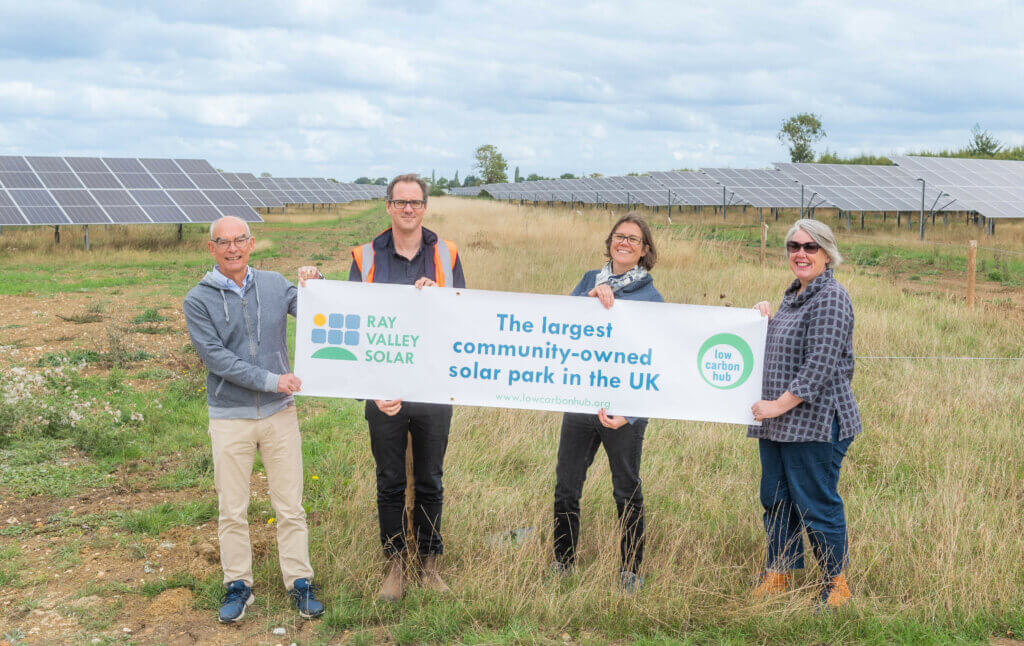
To put this into context, the project has involved installing over 13 times as many panels as in our second largest solar installation. We expect it to generate over 20 GWh of energy per year, which is enough to power over 6,000 homes and is approximately 5.5 x what our portfolio generated last year.
In our first two months of operations, Ray Valley Solar has performed ahead of our projections and has generated £250,000 in revenue. As a result we are looking in good shape to achieve our performance targets for the project.
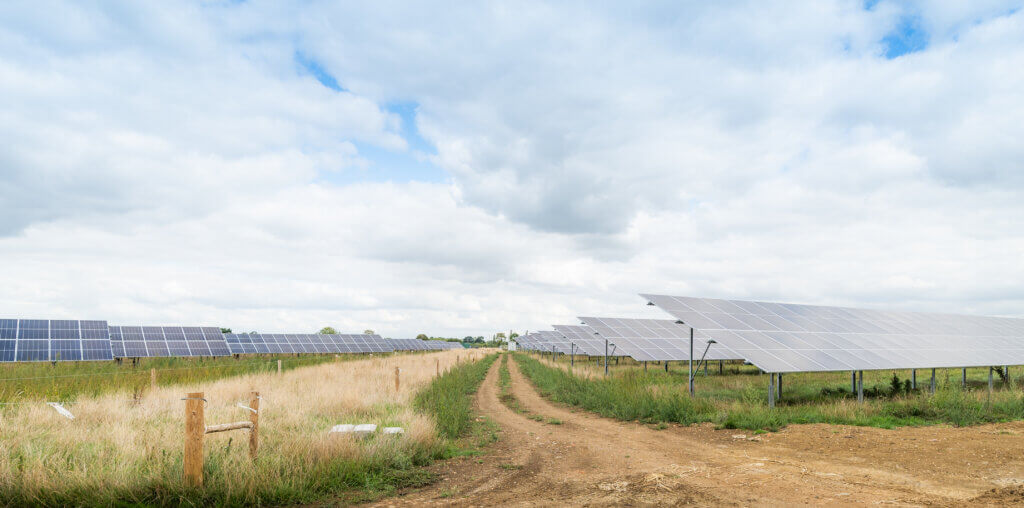
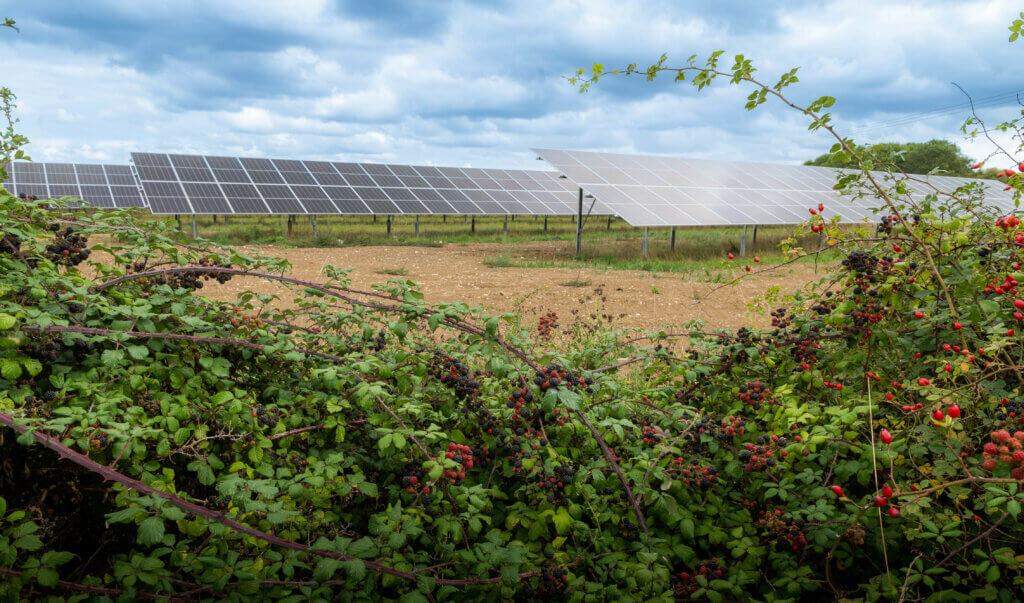
Ray Valley Solar also acts as a testbed for Project LEO by taking part in the programme’s energy trials. Through the trials, we have already learned a huge amount about the way flexibility markets could operate, what organisations need to do to get their energy assets, and organisations “flex ready” and to understand the costs and benefits involved.
This increase in scale will help us make a really significant contribution to Project LEO in the short-term, but also to Oxfordshire’s net-zero targets over the next 40 years of Ray Valley Solar’s operation since solar parks are designed to be predictable revenue generators over long timeframes.
Its scale – both in size and duration – poses some really interesting questions. Most of our community benefit will be set into motion once our 15 year loan is repaid to Triodos bank – some years into the project’s life. This isn’t a problem in itself, but we want to maximise the potential of the project to support communities in taking action on climate change as soon as possible; the sooner action is taken, the greater the impact. As a result, we are looking into how we can leverage the project’s long-term revenue potential to enable support for local communities as soon as possible.
Volatility
It would be impossible to talk about our energy portfolio at this moment, without mentioning the theme of volatility. In recent times, we have been facing the compounding challenges of experiencing extreme dry and hot weather in parallel with energy markets in a state of crisis. This volatile weather has been less ideal for water flow in the rivers that power our hydro, but it has benefited our rooftop solar PV portfolio. As a result, we have been ahead of projections and in some cases 5% up on solar which is great news.
Our projects are designed to closely match on-site demand of the rooftops we partner with, so only a very small proportion of the energy they generate is exported to the grid. This energy is sold on long-term, low risk fixed price contracts. Therefore, although energy prices are volatile and steeply rising at the moment, the impact of the current market conditions on our revenue is relatively low. That being said, we know that we need to be prepared for the potential long-term trends to the energy market and we are putting a lot of work into our internal systems in order to plan for those potential outcomes.
Volatility is perhaps the new norm, and that means our plans need to take account of a very broad range of potential outcomes. We will also be keeping a close eye on emerging government policy and assure that we manage our portfolio accordingly.
Partnerships
For over a decade, Low Carbon Hub has been at the heart of a growing partnership of people and organisations working together for a low carbon future.
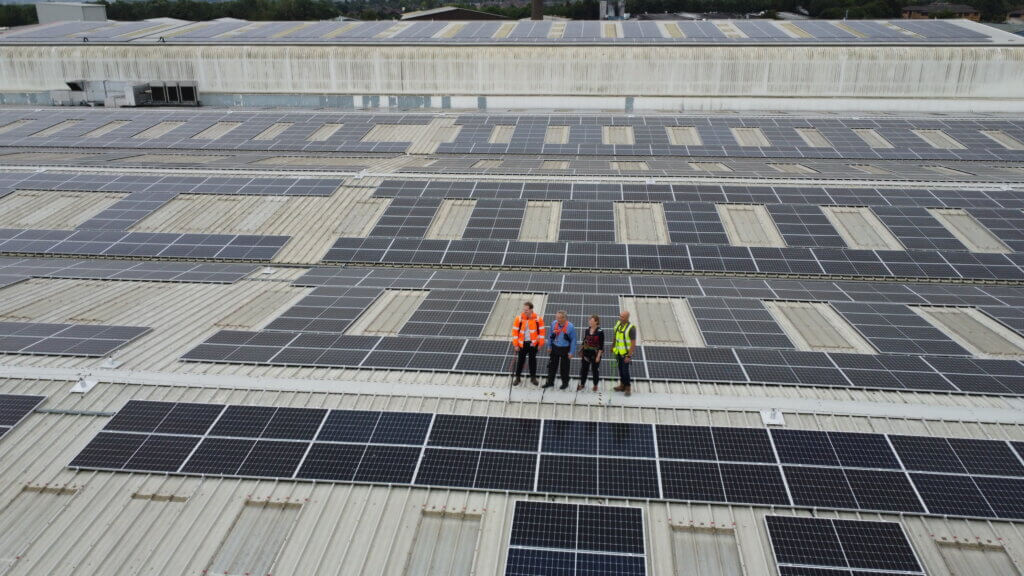
Case Study: Norbar Torque Tools Ltd
Our partnership with Norbar Torque Tools at their facility in Banbury is a key one. This year we have celebrated a second successful solar PV installation at this site. We have tripled the size of the array we first put on to nearly 800kW peak and it will now save over 200 tonnes of carbon emissions each year and it’s now our second largest rooftop array. We are currently in discussions surrounding a third installation at the site.
We also have some other really exciting partnerships in development that we hope will develop some significant commercial rooftop projects in the coming year.
Our portfolio and partnerships are increasing in their diversity, and this year our work with Oxford City Council has developed to encompass rooftop solar in new build social housing in the Oxford neighbourhood of Rose Hill. We are also experimenting with managing assets on behalf of Oxford City Council and, in addition, they’ve made a large investment in Ray Valley Solar. This is a significant and key partnership for us in our aim to accelerate towards a zero-carbon energy system, and we hope to build upon this collaboration in the coming years.
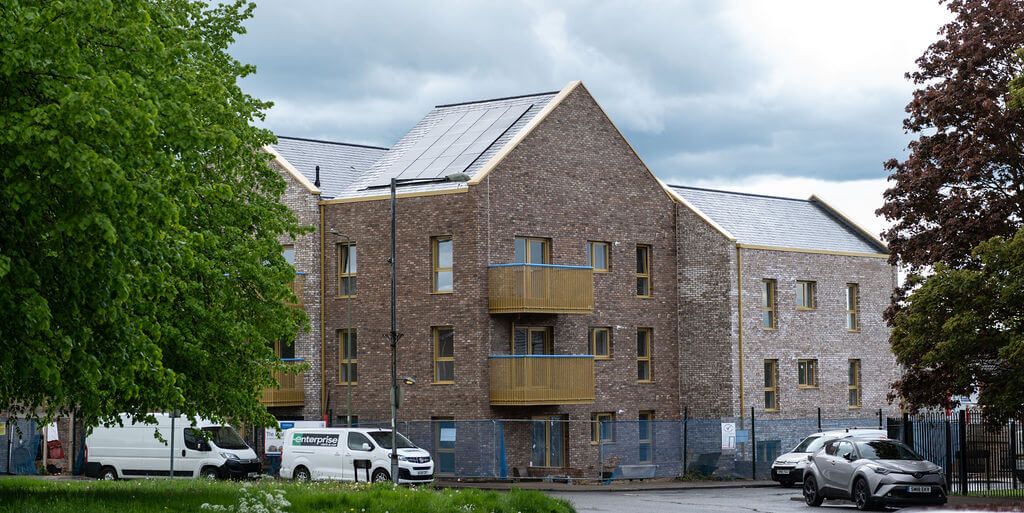
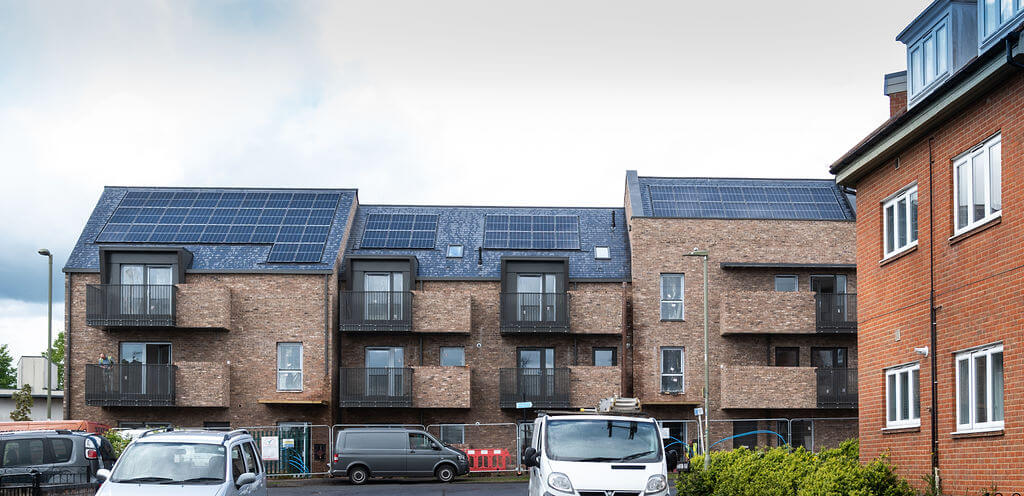
Long-term partnerships for our projects will give our hosts security of their own energy price and critically for Low Carbon Hub, they will help us give a long-term guarantee of the community benefit revenue we generate from our projects.
New opportunities
Low Carbon Hub is no stranger to embracing new opportunities.
Returning to Ray Valley Solar, we are embarking on our journey to deliver our biodiversity ambitions there. A lot of effort has gone into reviewing the biodiversity options for the project including the ‘Best Social and Environmental Practice’ guidance document which offers recommendations, informed by the research, on how Low Carbon Hub can achieve the greatest standard of environmental and social sustainability at the Ray Valley Solar site.
You can view our current portfolio of renewable installations here Our renewable energy portfolio – Low Carbon Hub.
